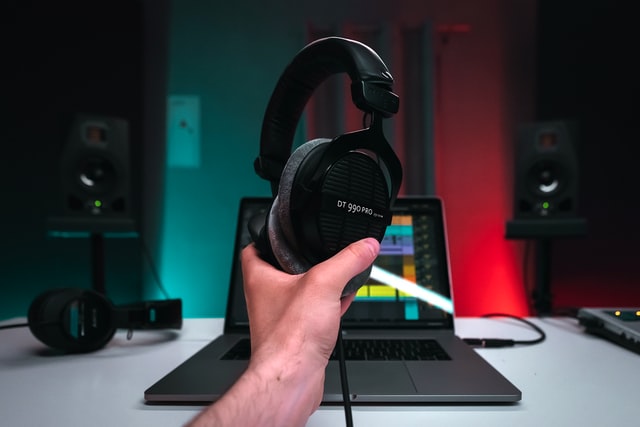
Open Back Vs Closed Back Headphones
March 15, 2022
What is the Best Microphone for Discord?
March 15, 2022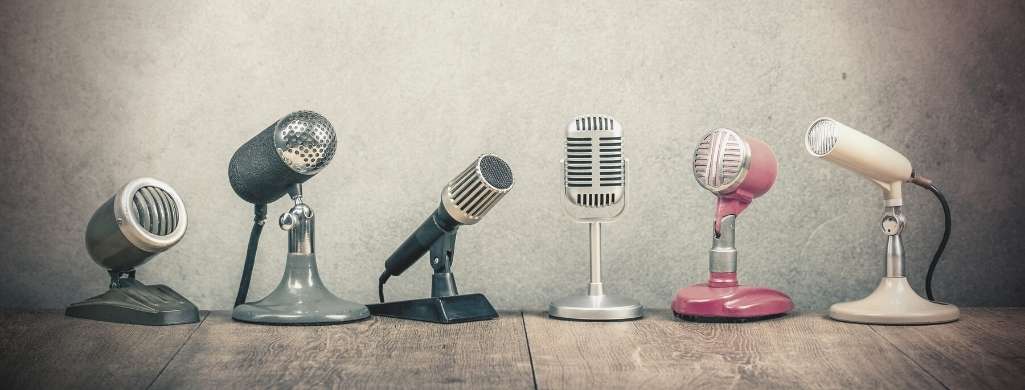
There are many different types of microphones on the market. You might be wondering what the different types are and what they’re used for. In this article, we will explore three types of microphones for recording: dynamic, condenser, and ribbon.
We’ll discuss the differences between each type and help you decide which one is right for your needs!
Dynamic Microphones
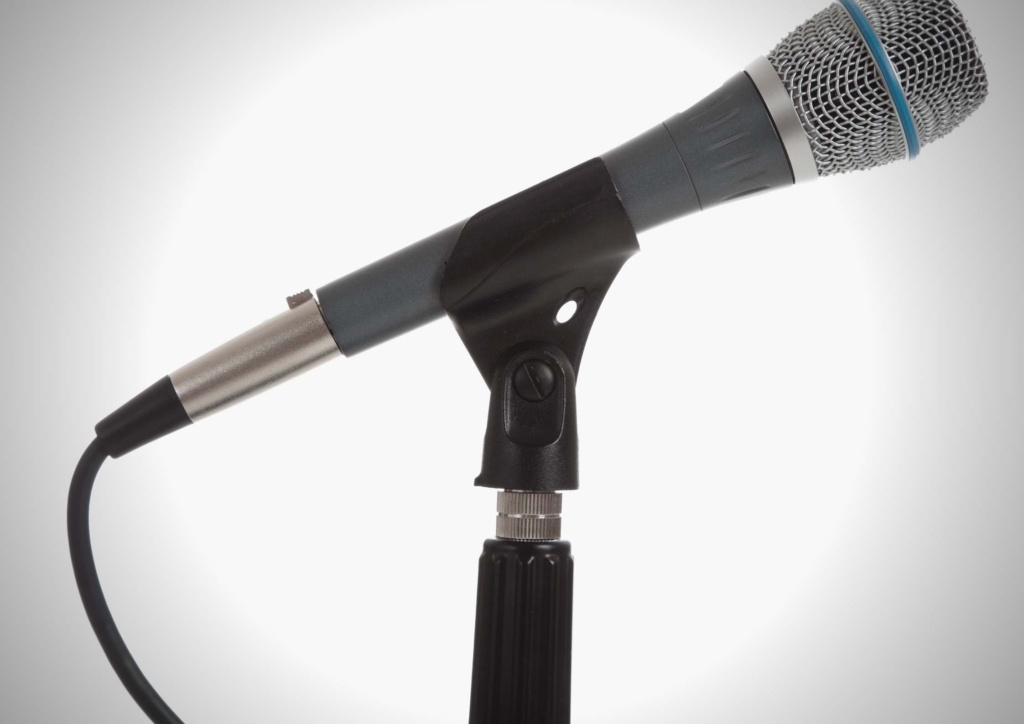
Dynamic microphones are the most popular types of microphone and they are the best for general use. They are durable and can handle high sound pressure levels, making them ideal for live performances. They also tend to be less sensitive to feedback than other types of microphones.
There are two main types of dynamic microphones: moving coil and ribbon. Moving coil dynamic microphones use a small coil of wire that moves within a magnetic field to create an electrical signal.
Ribbon dynamic microphones use a thin metal ribbon suspended between two magnets to create an electrical signal.
Both types of dynamic microphones are relatively rugged and can handle high sound pressure levels, making them ideal for live performances. They also tend to be less sensitive to feedback than other types of microphones. However, ribbon dynamic microphones are more fragile than moving coil dynamic microphones and can be damaged if they are mishandled.
Dynamic microphones are available in both wired and wireless versions. Wired dynamic microphones connect to the sound system with a cable, while wireless dynamic microphones transmit the audio signal wirelessly.
Some dynamic microphones are designed for specific applications, such as vocals or instruments. Others are more general-purpose and can be used for a variety of applications. There are also miniature dynamic microphones that are small enough to be used with portable audio devices, such as smartphones and tablets.
Dynamic microphones are the most popular type of microphone and they offer several advantages over other types of microphones. They are durable and can handle high sound pressure levels, making them ideal for live performances.
They also tend to be less sensitive to feedback than other types of microphones. Additionally, dynamic microphones are available in both wired and wireless versions, so you can choose the option that best suits your needs.
Finally, dynamic microphones are available in a variety of designs, so you can find the one that is best suited for your specific application.
Condenser Microphones
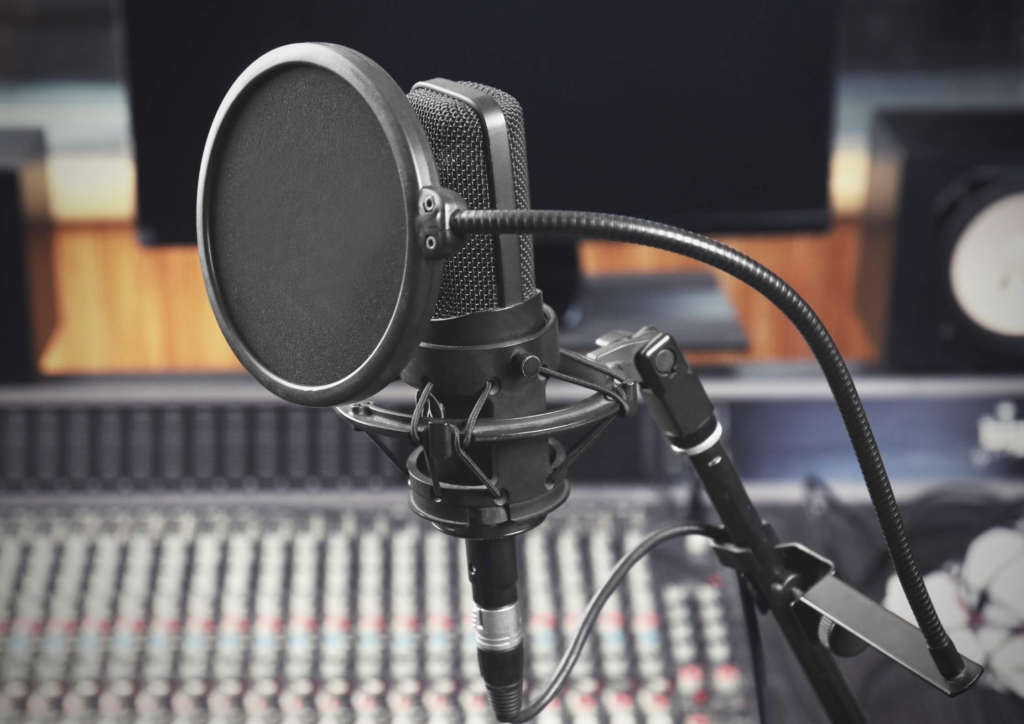
A condenser microphone is a type of microphone that uses capacitance to convert sound into an electrical signal. The capacitance of the microphone is determined by the surface area of the diaphragm, which is in turn determined by the size of the microphone. A larger microphone will have a greater capacitance and will be able to capture a wider range of sound frequencies.
A condenser microphone is also more sensitive to sound than a dynamic microphone. This is because the diaphragm in a condenser microphone is thinner than the diaphragm in a dynamic microphone, so it moves more easily in response to sound waves. Condenser microphones are therefore better suited for use in studios and other environments where high-quality audio recordings are needed.
Condenser Vs Dynamic Mic
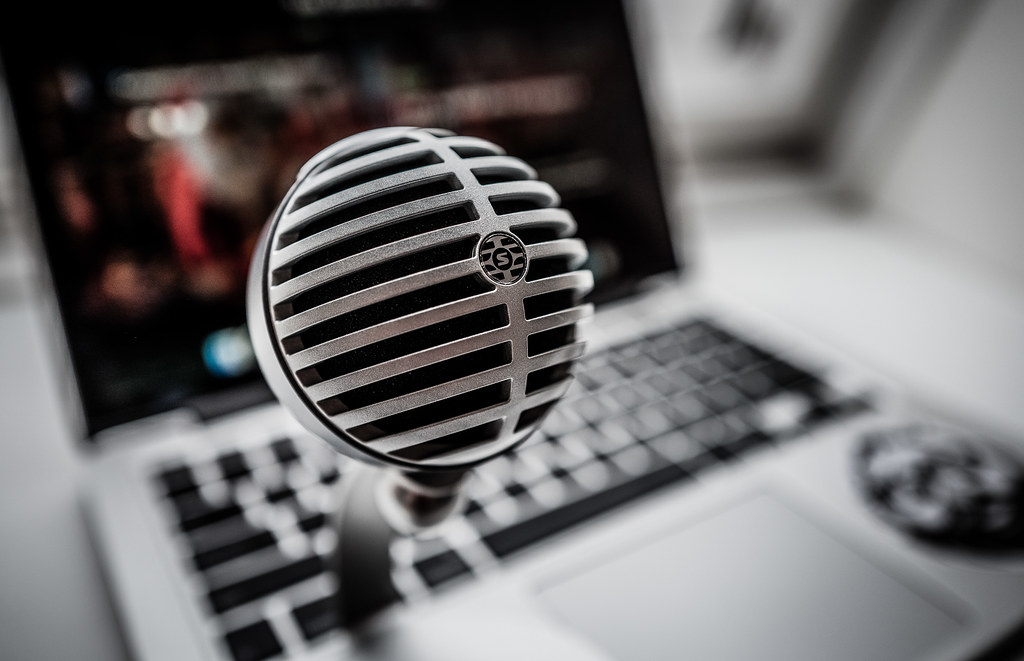
Dynamic microphones are better suited for use in live settings, where the sound levels can be quite high. This is because dynamic microphones are more durable and can withstand greater amounts of sound pressure without distorting the audio signal. Condenser microphones are also more expensive than dynamic microphones, so they are not as commonly used in live settings.
In general, condenser microphones produce higher-quality audio recordings than dynamic microphones. However, dynamic microphones are better suited for use in live settings, while condenser microphones are better suited for use in studios. So it really depends on the specific application as to which type of microphone is best suited.
Ribbon microphones

Ribbon microphones are unique in that they use a thin metal ribbon to capture sound. This ribbon is very delicate and sensitive, so they must be handled with care. They are also one of the most expensive types of microphones available.
Despite their high price tag, ribbon microphones have many fans due to their natural sound reproduction. They are often used in recording studios to capture the nuances of instruments and vocals. They can also be used for live performances, but because of their delicate nature they are usually reserved for more high-end shows.
Ribbon microphones are also popular for use in podcasts and voiceovers. The natural sound they produce is perfect for capturing the human voice. They can also be used to capture sound effects and other audio elements.
If you’re looking for a microphone that will give you the best possible sound reproduction, a ribbon microphone is a good option. However, be prepared to pay a high price for this level of quality.
Which type of microphone is best for you based on your needs, style, and budget?

In a nutshell, dynamic microphones are popular because they are durable and can handle high sound pressure levels. They are also less expensive than other types of microphones. This makes them a good choice for live performances where robustness and affordability are important.
Condenser microphones are more sensitive than dynamic microphones and can capture a wider range of frequencies. This makes them a good choice for studio recordings. However, they are also more expensive than dynamic microphones.
Ribbon microphones are the oldest type of microphone and use a thin metal ribbon to capture sound. They are also the most fragile type of microphone and can be damaged easily. This means that they are not ideal for use in live performances. However, they are the best type of microphone for capturing the warmth and detail of acoustic instruments.
So, which type of microphone is right for you? It depends on your needs and budget! If you need a microphone that is durable and can handle high sound pressure levels, then a dynamic microphone is a good choice.
If you need a microphone that can capture a wider range of frequencies, then a condenser microphone is a good choice. If you need a microphone that can capture the warmth and detail of acoustic instruments, then a ribbon microphone is a good choice.
Final Thoughts
Microphones come in all shapes and sizes, and each has its own unique purpose. In this article, we explored the three main types of microphones, each type has its own benefits and drawbacks that should be considered when making a purchase decision. Hopefully after reading this article, you have a better understanding of which microphone is right for you!



